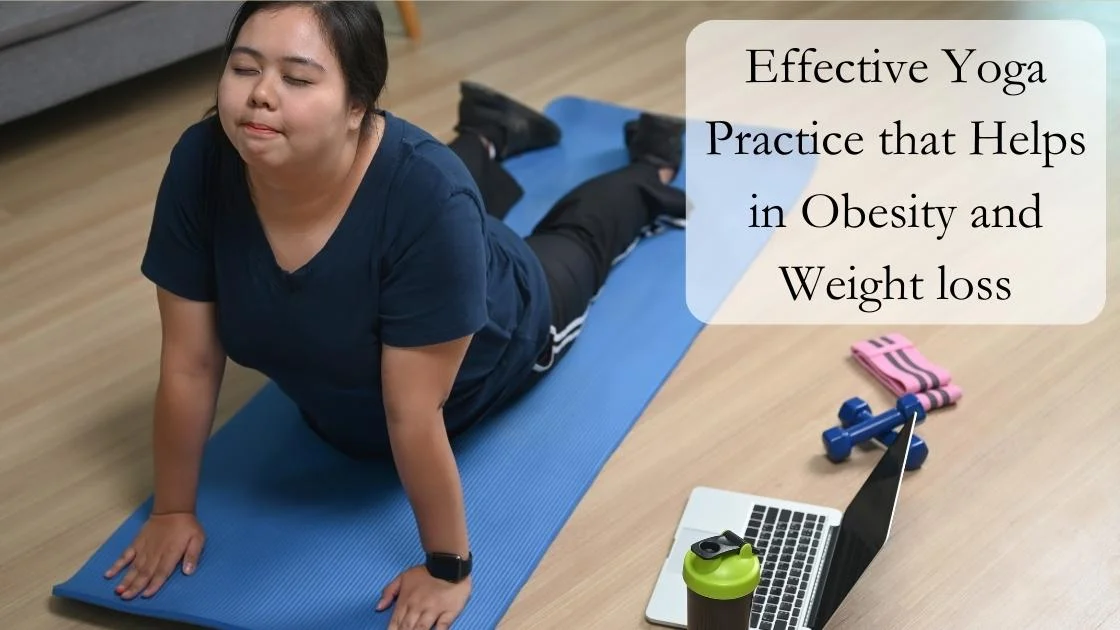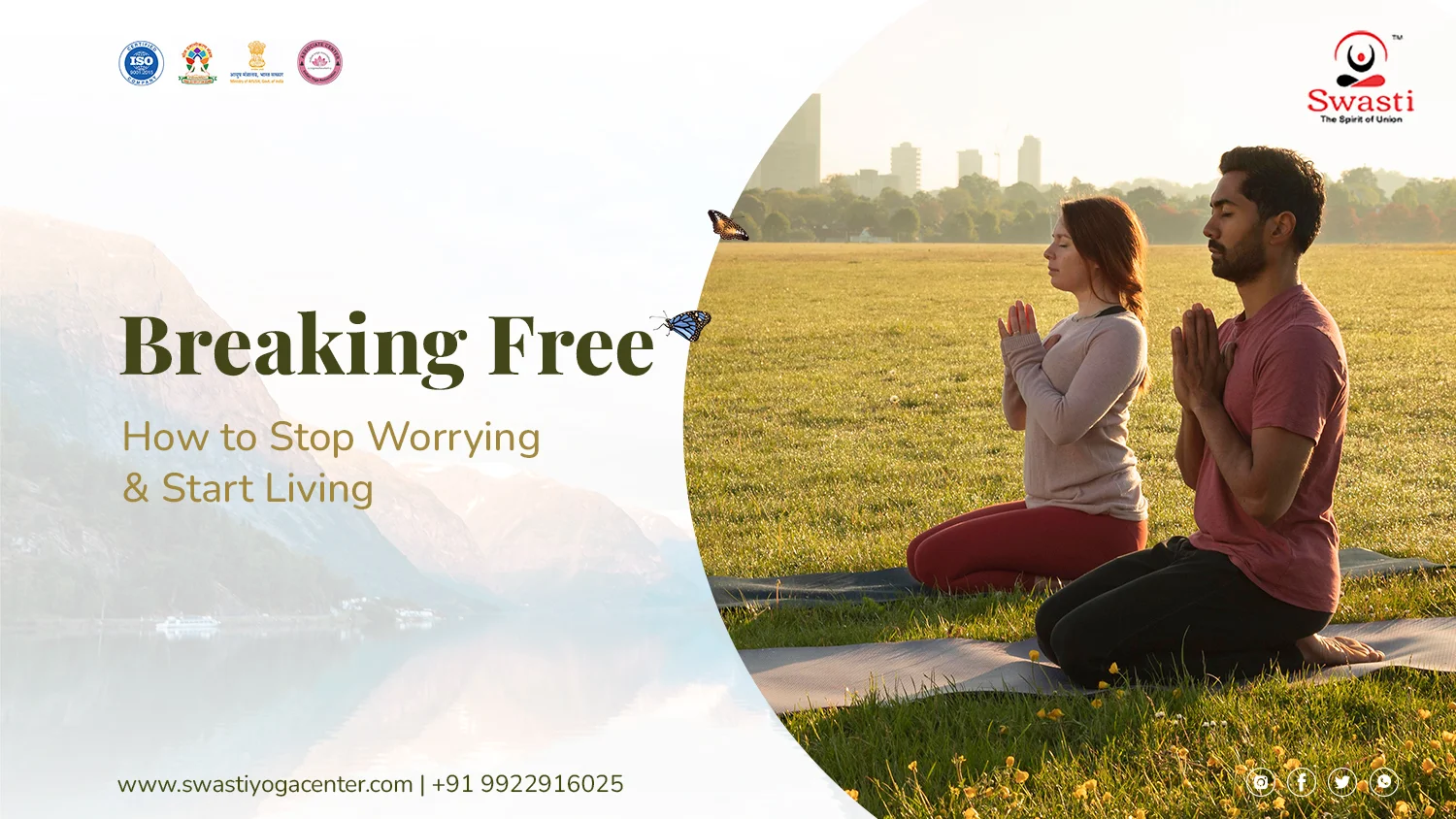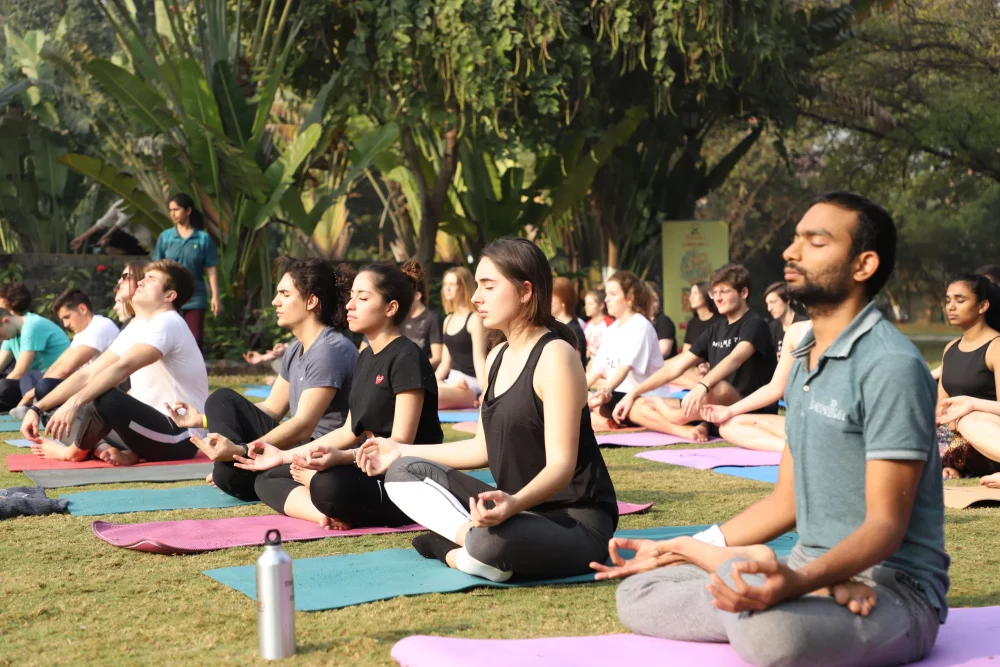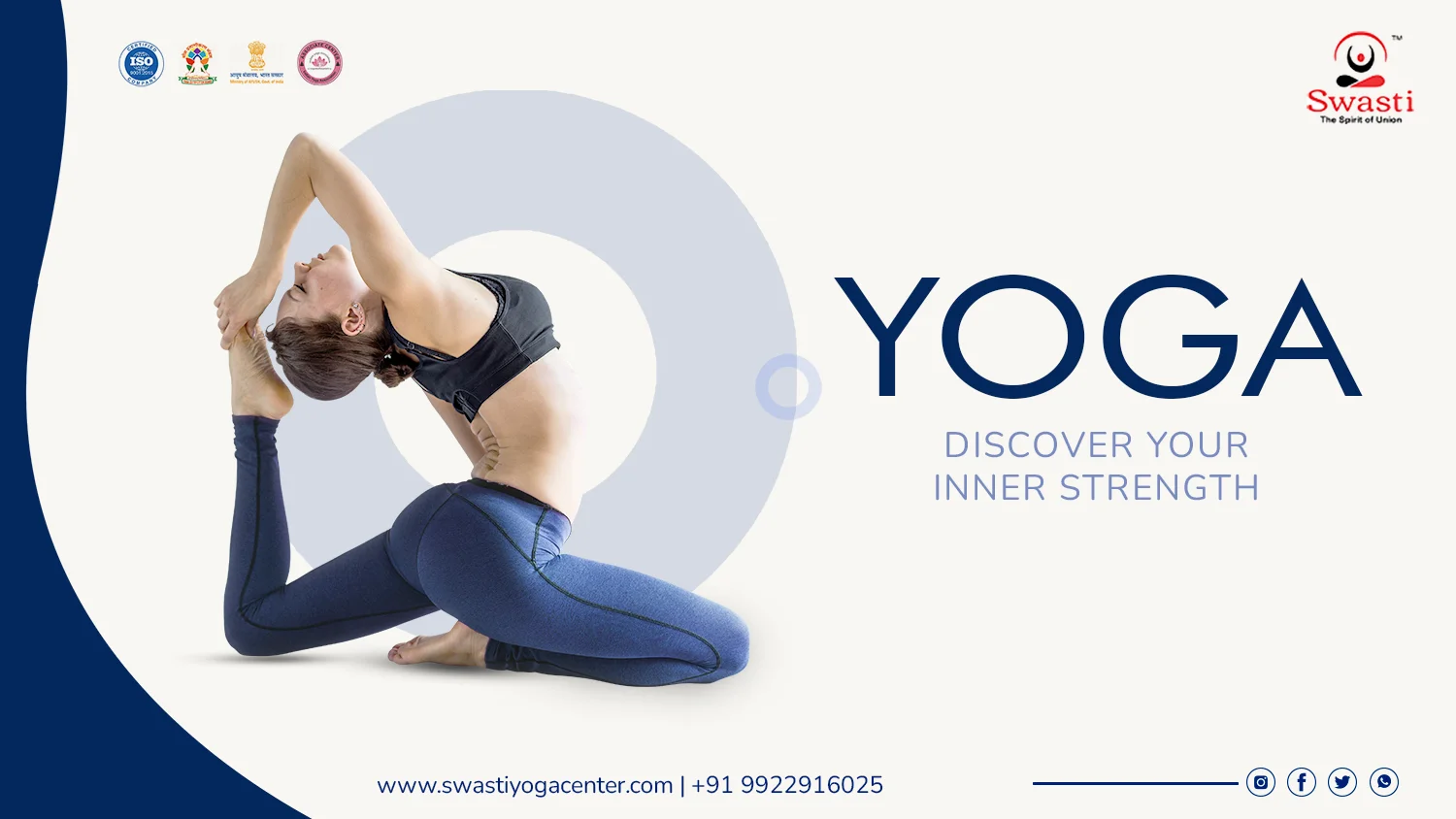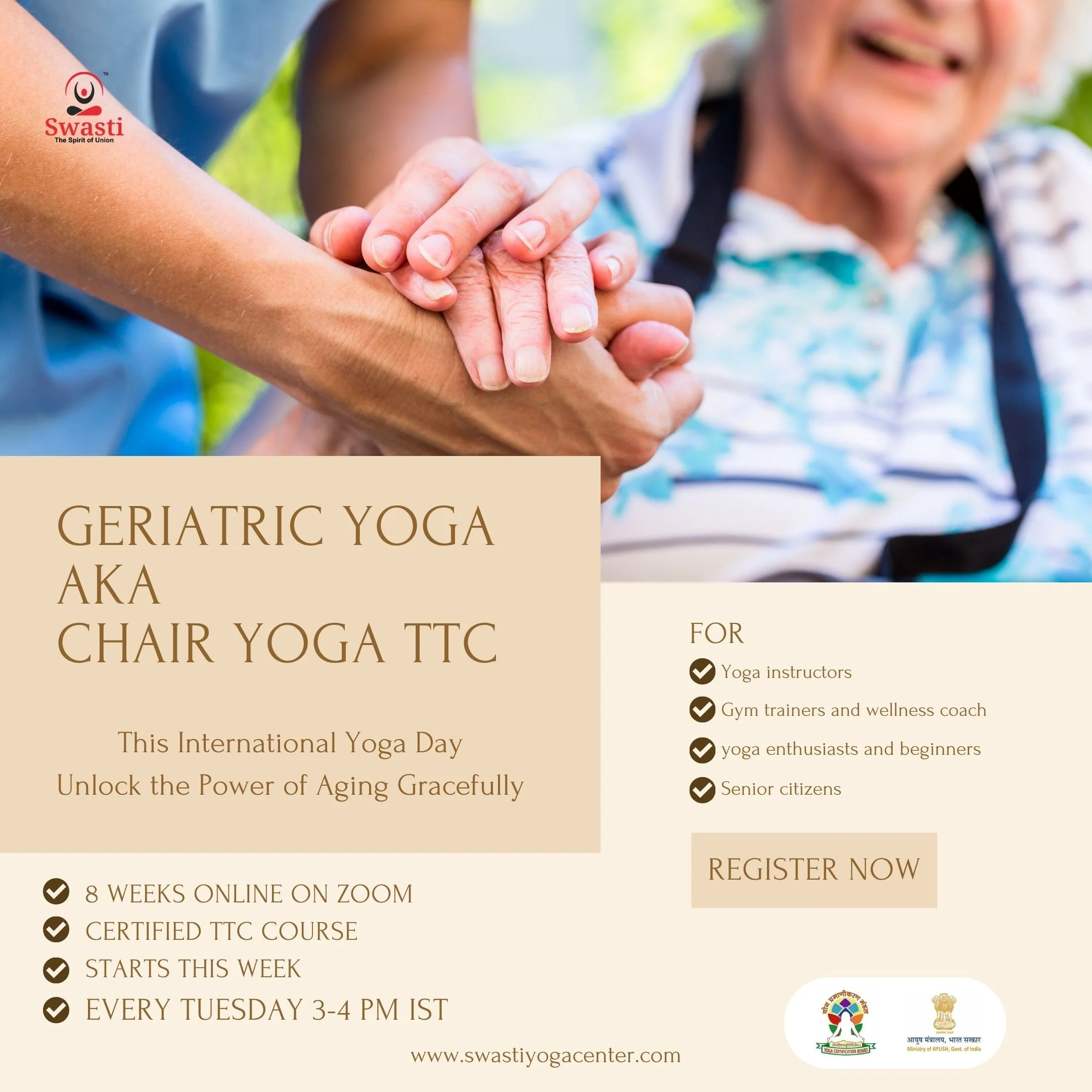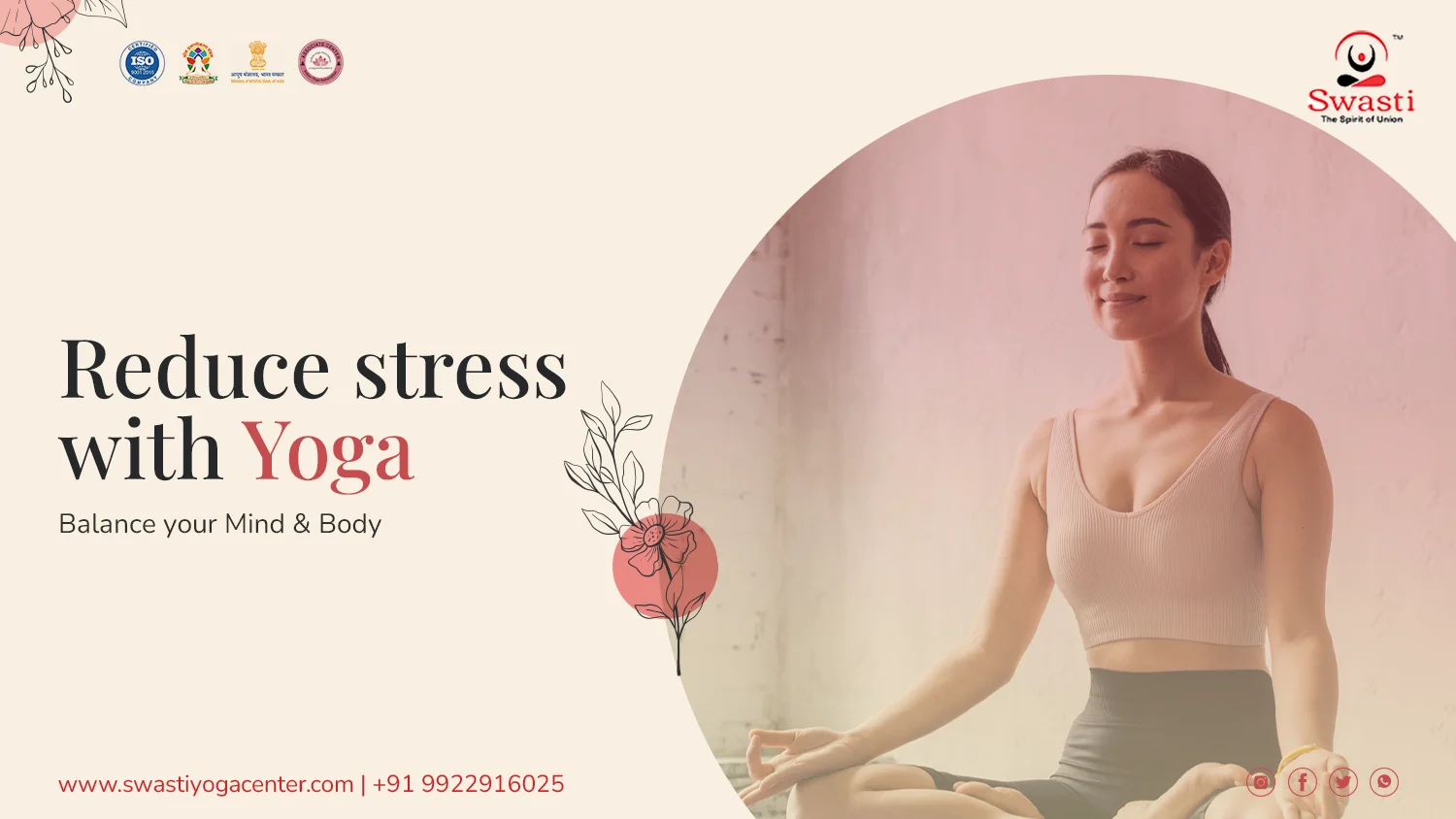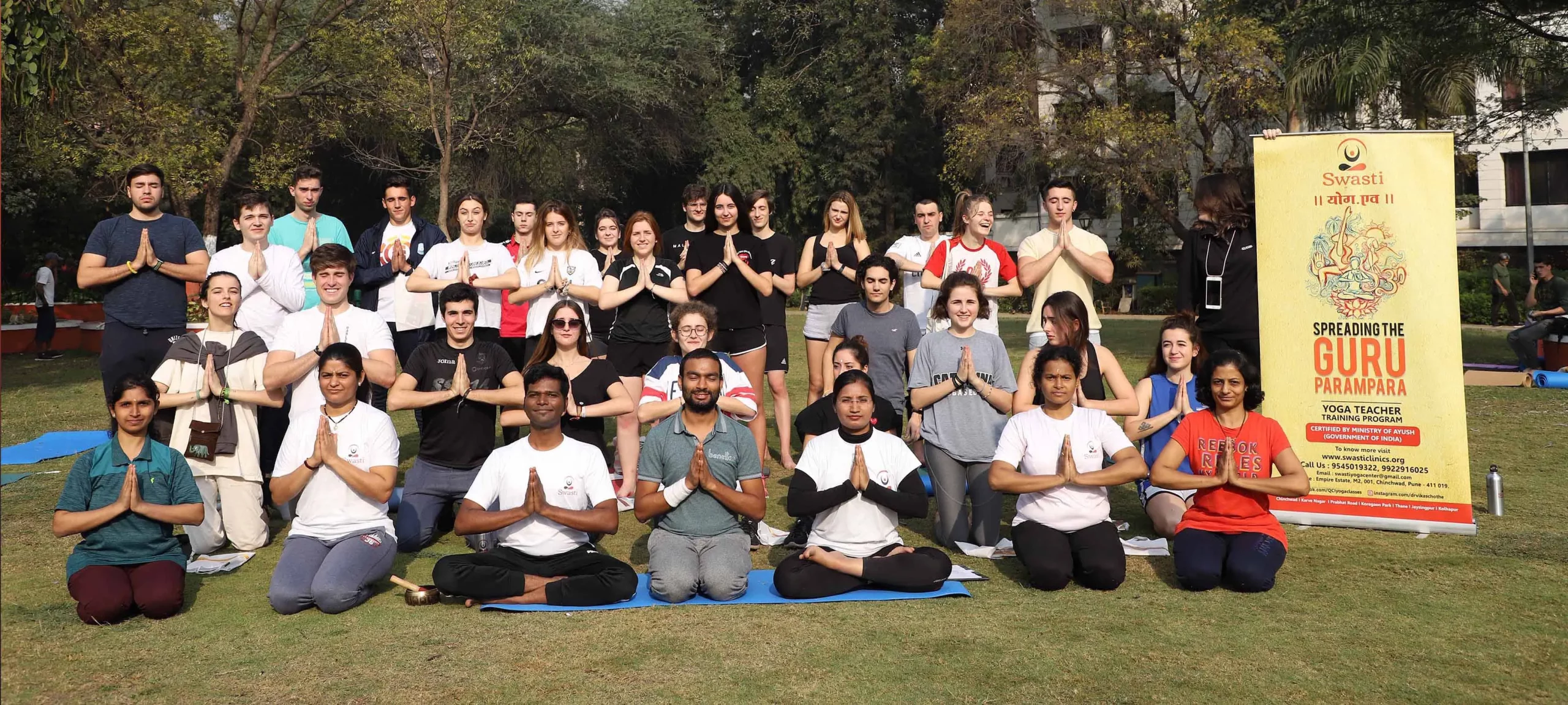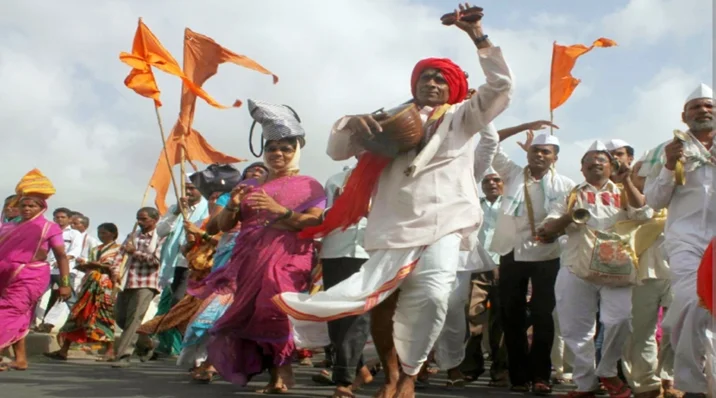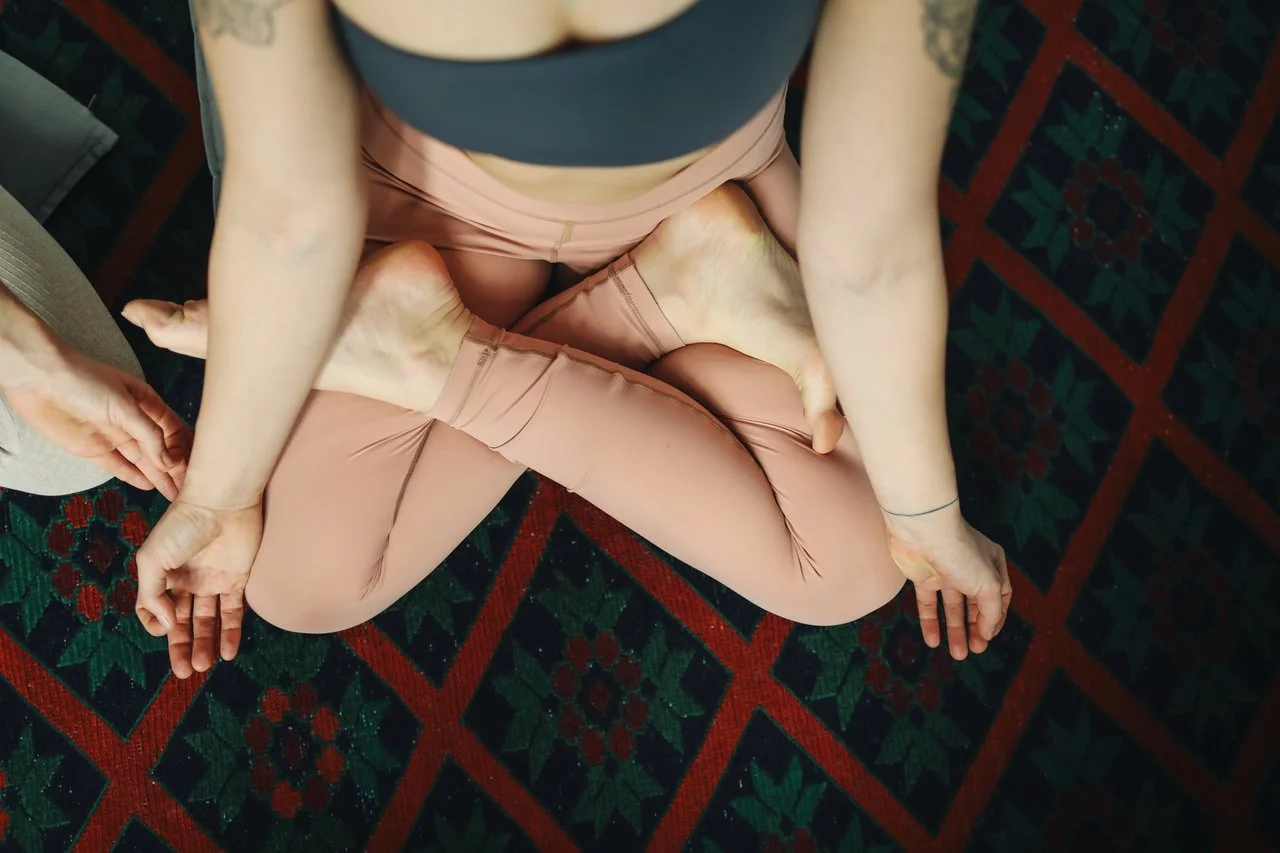
How Yoga Practice Manage Diabetes?
Diabetes is currently considered an epidemic disease that is largely preventable and treatable through a balanced diet, exercise, yoga and lifestyle changes. Lack of physical activities and unhealthy dietary patterns are the major risk factors for the development of various lifestyle disorders, including diabetes. Psychological stress also increases the risk and severity of diabetes by 3 times. Moreover, individuals with diabetes have a reduced capacity to engage in exercise because of overweight and other diabetes-related complications, including cardiovascular disease, peripheral neuropathy and diabetic foot problem. According to the yogic concept, diabetes is generated by the imbalance of Manomayakosha or Mind and depends on the frequency and strength of desire and aversion. The purpose of this study is to identify the yogic concept of human body and diabetes and how yoga practice manages diabetes. The human body is made with 5 layers. Annamayakosha made of physical material. Our all physical body parts come under this kosha. Second Pranamayakosha is the body of vital energy or prana. All the cells in the Annamayakosha are getting the right quantity of prana or energy by the Pranamayakosha. The third layer is Manomayakosha or Mind. The fourth layer is Vijnanmayakosha. Whatever happens in our life; its soft copy is storing in this kosha. The fifth kosha is the Anandmayakosha or inner happiness or inner peace. All koshas are depended on it. Imbalance of Manomayakosha or Mind is playing an important role to produce psychosomatic illness like diabetes. In day to day life, we are aware of two conditions, like and dislike. Like generates attachment and dislike generates anger or grudge. In the yogic view, both are painful because both generate our imbalance of mind [stress]. Malfunctioning of Manomayakosha or Mind subsequently imbalances Pranmayakosha and Annamayakosha damage the pancreatic beta cells by slow process and persistent long term hyperglycemic response and person become the diabetic patient. By controlling Manomaya kosha, practitioners are able to manage their emotions and they can improve satisfaction, peace, contentment, bliss. In this way, they can get rid of the diabetic situation and another similar disease. Studies show that meditation and yoga asana are effective in controlling diabetes. The dual practise can actually lower blood sugar levels and also help blood glucose control. Pranayama which actually means breathing exercises is an economical and healthy way to manage this lifestyle disease. Specific asana in yoga for diabetes can rejuvenate pancreatic cells, help in optimum glycemic control, regulate cortisol which is a stress hormone. Yoga also helps us to incorporate lifestyle changes more easily and naturally without force or compulsion. Awareness helps us in knowing what we are eating and whether we are getting full. This can lead in healthier food choices, improving nourishment, digestion and weight loss, mood, sleep and the need for less diabetic medication, in short, an overall improvement in the quality of life for those with diabetes

